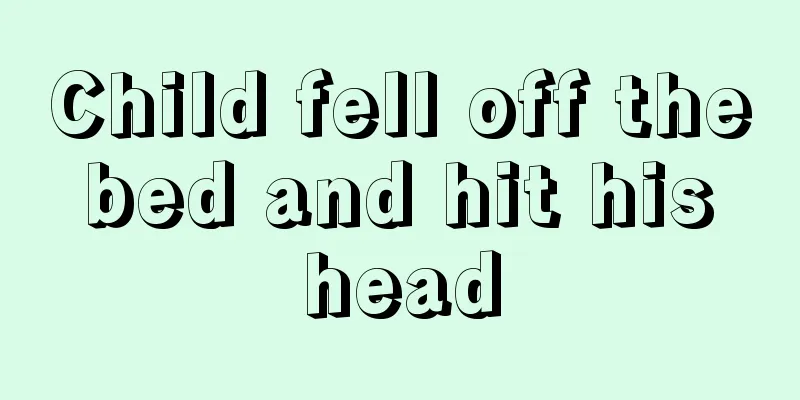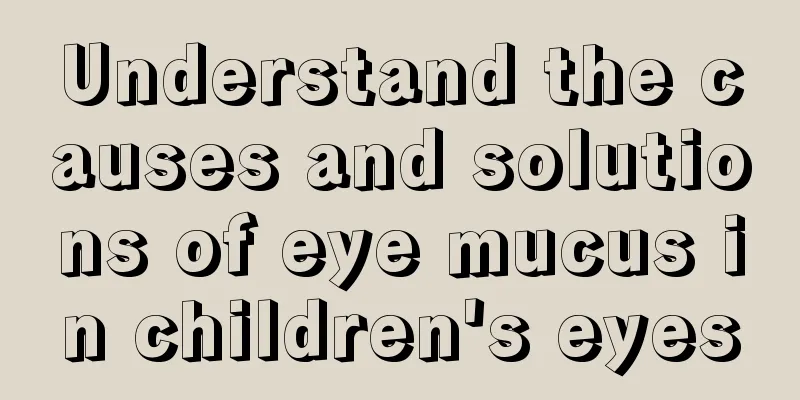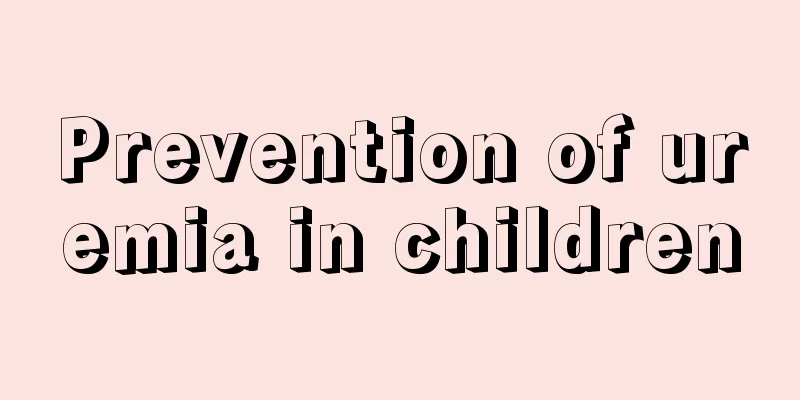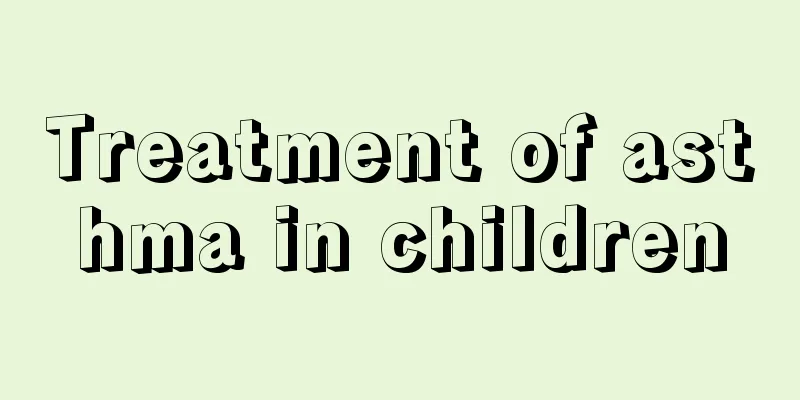How to treat capillary bronchitis in children
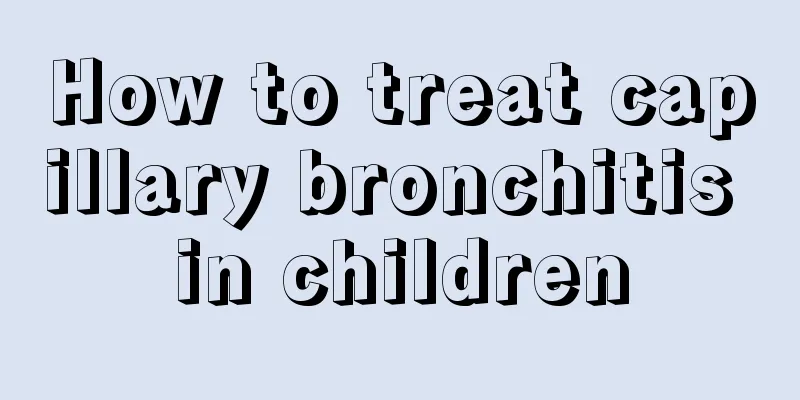
|
There are many types of bronchitis, the most typical of which is capillary bronchitis. Pediatric capillary bronchitis is an acute upper respiratory tract infection, with the main symptom of wheezing. The highest incidence rate is in children under five years old, and in fact, the largest number of cases is under one year old. Timely treatment can cure the disease, so how to treat pediatric capillary bronchitis? First, how to treat capillary bronchitis in children? To treat bronchitis, the cause must be eliminated: many patients with bronchiectasis also have chronic sinusitis, gingivitis, alveolar pus, and chronic tonsillitis. Purulent secretions often flow into the bronchi, causing repeated bronchi infections. Therefore, these diseases must be eliminated first to avoid inducing factors. Second, closely observe the amount, odor, color and stratification of sputum, and take sputum samples for testing in time. Actively fight infection and keep the respiratory tract open. Care for bronchial drainage: First, expectorants should be given to thin the sputum and make it easier to cough up, so as to reduce bronchial infection and systemic toxic reactions. Instruct the patient to turn the affected side upward and open his mouth downward according to the location of the lesion, take deep breaths, cough, and pat his back to make the secretions oscillate in the trachea and be discharged from the body with the help of gravity. If necessary, nebulization inhalation can be performed for better results. Patients should undergo postural drainage on an empty stomach, 2 to 4 times a day, each time for 15 to 20 minutes. When treating bronchitis, observe changes in the patient's breathing, pulse, etc. during drainage. If symptoms such as difficulty breathing, palpitations, cold sweats, etc. occur, drainage should be stopped and the patient should be given oxygen in a semi-recumbent or supine position. After drainage is completed, the patient should be assisted in cleaning oral secretions. Nursing care for bronchography: In order to clarify the scope and location of bronchiectasis, bronchography is often relied upon to determine it. Before angiography, the purpose and precautions should be explained to the patient to relieve his or her concerns and tension in order to gain cooperation. Patients should not eat or drink anything 4 hours before the operation and undergo an iodine allergy test. After the operation, wait until the throat reflex recovers before eating to avoid choking and aspiration. To treat bronchitis, you should also take deep breaths and cough to facilitate the excretion of contrast agent. |
<<: How to take care of your baby if bronchitis keeps recurring
>>: Diagnostic criteria for childhood obesity
Recommend
Why does my child keep shaking his head when sleeping?
The various situations that occur in the baby'...
There are red bloodshot eyes in children
Many people have experienced red bloodshot eyes. ...
What are the symptoms of gastroenteritis in children?
Children are prone to gastroenteritis due to thei...
What are the first aid knowledge for primary school students?
In daily life, with the current traffic congestio...
What causes baby to sweat easily?
In the hot summer, many mothers are particularly ...
High platelet count in children
Platelets are an indispensable element in our blo...
What medicine should children take if their tongue is thick and white?
A person's tongue can reflect whether certain...
What medicine should be taken to treat benign epilepsy in children
Benign epilepsy in children should be detected as...
Little boy urinates painfully
Raising a boy at home is a very worrying thing. G...
How to tell if your baby is hot or cold?
Most parents do not know how to dress their newbo...
How old is the baby? Can you see double eyelids?
Since I was a child, I often heard people say &qu...
Causes and treatment of lymphadenitis in children
It is really a headache for young parents when th...
7 Early Childhood Education Methods with Advantages and No Disadvantages
First, children need to learn language, which is ...
What should I do if my baby has a cold and drools?
Every child is the most precious treasure of his ...
What causes dizziness and stomachache in children?
Children are very lively and naughty. When they p...
